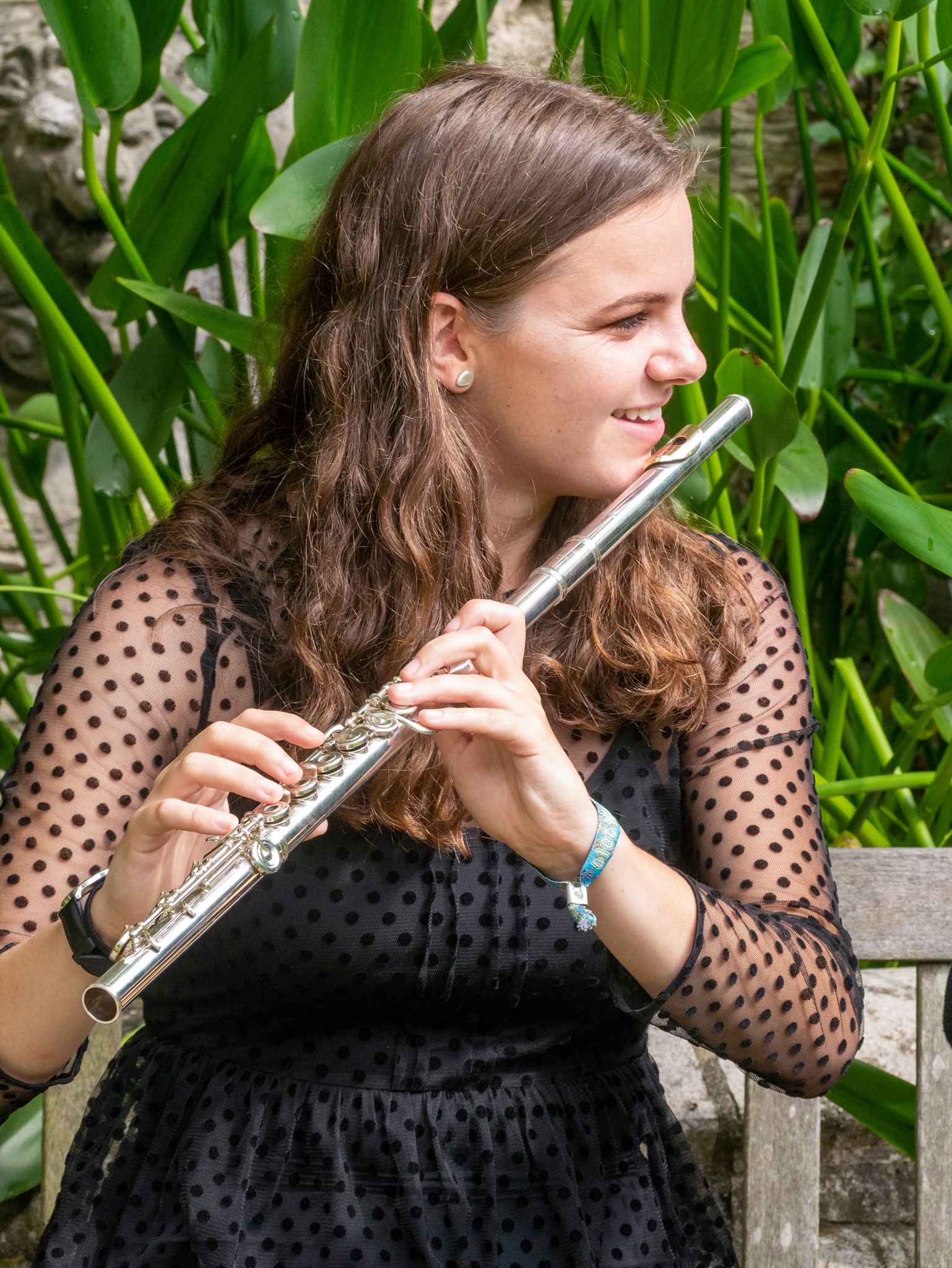The best orchestral writing not only celebrates the dynamism of the full ensemble playing together: it also allows individual instruments to sing on their own. Within the woodwind family, the flute and piccolo are both given ample opportunities to showcase their virtuosity. Often, they're used to soar over the top of the orchestra like a bird. But what are the best flute solos in orchestral works? There are a few that will immediately come to mind, but we've picked out some of the often overlooked – but equally special – flute solo lines to listen out for.
Best flute solos in orchestral works
JS Bach: St Matthew Passion: 'Aus Liebe will mein Heiland sterben'
The Baroque flute solo of JS Bach's St Matthew's Passion opens with 'Aus Liebe will mein Heiland sterben' with a slow, ethereal melody, accompanied by other woodwind instruments which outline the chords and harmony shifts. When the soprano joins, the flute continues unravelling its melodic line, blending perfectly with the timbre of the voice.
Beethoven: Symphony No. 3 'Eroica': IV. Finale (Allegro molto)
About halfway through the fourth movement of Beethoven's Eroica Symphony, the flute enters after the strings have provided a lush, swelling melody. The flute solo brings a stylistic contrast, demanding a great deal of control from the flautist as they ascend up the scale with a staccato pattern. The strings accompany with dense semiquaver passages, floating up and down the scale.
Debussy: Prélude à l'après-midi d'un faune
One of the most famous orchestral flute solos, Debussy's Prélude à l'après-midi d'un faune opens with an evocative exposed flute line, which meanders up and down the scale in a an improvisatory style. The flute performs the opening line with an element of rubato and freeness in tempo, before the woodwind and harp joins.
We named Prélude à l'après-midi d'un faune as one of the best works by Debussy.
Gluck: Orfeo ed Euridice: Act II, Menuet and Dance of the Blessed Spirits
'When listening the D-minor melody of the pantomime in the Elysian-Fields scene in Gluck's Orfeo, one is immediately convinced that only a flute could play this melody appropriately,' wrote Berlioz in 1843 of this solo. 'The voice starts almost inaudibly, seemingly afraid to be overheard. It then sighs softly and rises to the expression of reproach, of deep pain, to the cry of a heart torn by incurable wounds. Gradually it sinks into a plaint, a sigh, and the sorrowful murmur of a resigned soul. Gluck was, indeed, a great poet!'
Ravel: Daphnis et Chloé
In this section of Ravel's ballet Daphnis et Chloé, Daphnis and Chloé are miming the love story between Pan and Syrinx from Greek mythology.
Ravel introduces a flute solo here, because the tragic mythological story of Pan and Syrinx is intrinsically linked to the instrument. Pan – god of the wild, shepherds and flocks – falls in love with the nymph Syrinx, who doesn't return his affections. To hide from Pan, she turns herself into a water reed and hides in the marshes. Pan then later cuts the reeds to make himself a flute, but in doing so, kills Syrinx.
No rubato is needed in this flute solo, as Ravel has done the honours of writing it into the rhythm. This is a favourite orchestral solo of flautists, because it allows the performer to be expressive. It also gives an impression of freeness within the confines of a steady beat. A shining example of a great flute solo.
Rimsky-Korsakov: Russian Easter Festival Overture
The flute has two exposed moments in Rimsky-Korsakov's magical overture. The first features delicate repeated demi-semiquaver notes, before segueing to a smooth arpeggio pattern, slurred in pairs. The second solo is a cadenza, so the flute is use rubato and add emphasis wherever they choose. The flute line should have a shimmering sound throughout, to add to the ethereal nature of the piece.
The piece is almost a concerto for the orchestra, with many other instruments taking their moment in the spotlight. It is a showcase of virtuosity for the individual performers in the orchestra.
